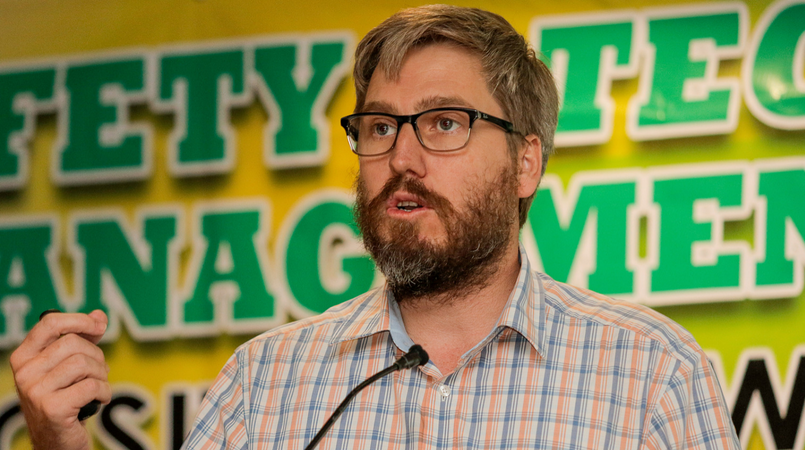
The cost of electricity is one of the major hindrances to the manufacturing and business sector being competitive against exports.
Electricity, among other utilities such as water as well as logistical costs, are very expensive in PNG. And with the lack of infrastructure, it only leads to the demise of businesses in PNG.
Manufacturers Council of PNG CEO, Chey Scovell, did not mince his words during his presentation at the Safety & Technical Management Plan workshop on the electricity industry, highlighting the extreme cost of conducting business. Electricity being a major contributing factor.
“It is very frustrating when regulators, bureaucrats, and I guess social commentators talking about how the PNG industry (manufacturing and business) need to be more efficient, more effective, more competitive.
“Things like power have to allow them to be on a level playing field. If PNG Power can supply power to businesses in PNG for somewhere between 3 cents (9 toea) to 9 cents (27 toea) a kilowatt, that would be okay,” Scovell said.
He noted that PNG had lost 70 percent of the vegetable oil market and now the local market is being affected due to high business costs, with electricity among the utilities being paid in hundreds and thousands of kina.
The Government has announced plans to boost power supplies around the country with a range of methodologies to be engaged.
They include the Ramu 2 Project which has an electricity generation output of 180MW, Edevu Hydropower project in Port Moresby which is expected to produce 50MW, the PNG Bio Mass project 9 (30MW) in Morobe which will feed into the Ramu 2 Grid, and a gas fired project in Hides with a potential output of 65MW.
The largest of the power projects is the Purari Hydro Project, which has an estimated output of 10,000 kilowatt and is said to also supply Australia and Indonesia.
Scovell however is concerned with how this supply will be cheap for businesses in the country to operate.
He said current electricity costs were driving out businesses and there needed to be more open discussions on the issue.
“An affordable place to do business needs and affordable place to live in,” he said.
